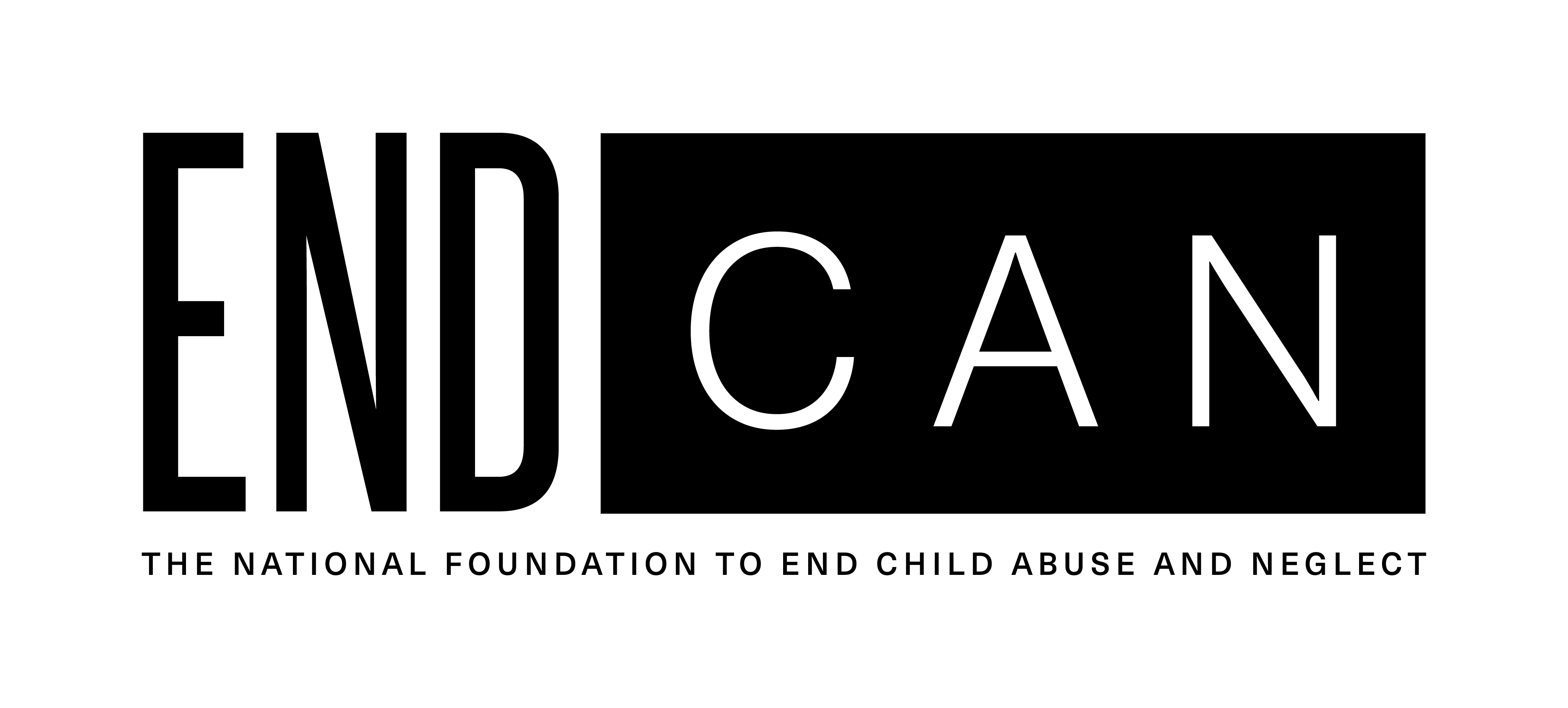
Surviving Child Sex Trafficking
It’s difficult to comprehend many things more despicable than child sex trafficking. The thought of selling an innocent child into sexual exploitation for profit is simply more than most of us can grasp.
Yet, every day, predators sell children for sexual exploitation in every corner of the world. As part of the dark underworld, no one knows the precise number of victims, but a conservative estimate puts the number of victims of sexual exploitation at nearly five million. Anywhere from 25 to 30 percent are children. Most children trafficked for sex work are between 12 and 14, some as young as one!
In 2020, the National Center for Missing and Exploited Children (NCMEC) received more than 17,000 reports of possible child sex trafficking. The reports encompass all 50 states and include incidents occurring in every type of community: suburban, rural, urban, and tribal lands.
The Road to Recovery
The effects of child sex trafficking are wide-reaching, profound, and significantly impact survivors. Living in isolation as a victim can severely disrupt a survivor’s sense of self and affect their ability to remove themselves from exploitative situations and engage with needed services. As a result, many victims are left feeling helpless and hopeless, ashamed about their past, and have difficulty regulating emotions and interpersonal relationships.
Survivors of child sex trafficking can heal. It can be a long and challenging journey, but it is possible.
Physical and Psychological Consequences of Being Sex Trafficked as a Child
Survivors of child sex trafficking live with physical and psychological scars. Potential physical injuries can include sexually transmitted diseases and physical damage resulting from beatings. Many sex-trafficking survivors also struggle with substance abuse because their traffickers got them addicted to drugs to maintain compliance and dependence.
While medical treatment can help restore survivors’ physical health, many continue to grapple with psychological wounds long after their bodies heal. As a result, many trafficking survivors suffer from psychological challenges, including complex post-traumatic stress disorder (C-PTSD), anxiety, depression, panic disorder, suicidal ideation, and Stockholm Syndrome.
Suicidal Ideation
Many trafficking survivors experience suicidal ideation—thinking about or even planning suicide. A pervasive sense of isolation is a significant risk factor for suicidal thoughts and behaviors.
Social isolation is also a significant risk factor for suicidal thoughts and behaviors. Even once survivors are free from servitude, they often feel very much alone. This pervasive sense of isolation compromises survivors’ well-being, and sometimes, their lives.
Stockholm Syndrome
It’s not unusual for child trafficking survivors to exhibit Stockholm Syndrome, the experience of feeling closeness and sympathy with their traffickers, often rationalizing or minimizing the abuse. While still being trafficked, this allegiance may help trafficking victims survive their enslavement. However, once released, survivors may continue to over-identification with their trafficker, preventing them from seeking help or cooperating with authorities to bring the perpetrator to justice.
Complex-Post Traumatic Stress Disorder
Most people are familiar with the term post-traumatic stress disorder (PTSD)—the mental condition that can be caused when someone witnesses or experiences a terrifying event. However, fewer people know about complex post-traumatic stress disorder (C-PTSD).
PTSD arises from a single, horrific trauma, such as soldiers on the battlefield witnessing the atrocities of war. Other examples of things that could cause PTSD are experiences like assault (sexual or otherwise), a car accident, natural disaster, or the death of a loved one.
C-PTSD can take place when a person is in a traumatic situation for an extended period with no escape, or at least, no perceived way out. For example, children who suffer ongoing physical or emotional abuse at the hands of parents, caregivers, authority figures, or siblings often have C-PTSD. People who suffer from C-PTSD have many of the same symptoms as those who suffer from PTSD and more.
Hope and Recovery Are Possible
There is no question that C-PTSD is hard to treat. The road to recovery is long and complicated, but there are qualified therapists who can provide trauma-informed care; care that shifts the therapy perspective from “What’s wrong with you?” to “What happened to you?”. There is no one-size-fits-all approach because each person, trauma, and situation are different, including the mysterious ways an individual’s body deals with it.
In addition to treatment and medication, several child sex trafficking survivors have found group therapy and support groups invaluable. Having a safe, judgment-free space and the compassion of others, especially a community of peers, can be a tremendous help.
For example, Louder than Silence: Ending Child Abuse and Neglect Survivor Community, launched by EndCAN through Inspire, offers a free online community of support groups. It’s a safe place where people can be authentic, anonymously discuss their experiences and ask questions, get support from other survivors, and learn from other people who have “been there.”
Find information and resources to help you or someone you love. EndCAN will be with you on your path to healing.
